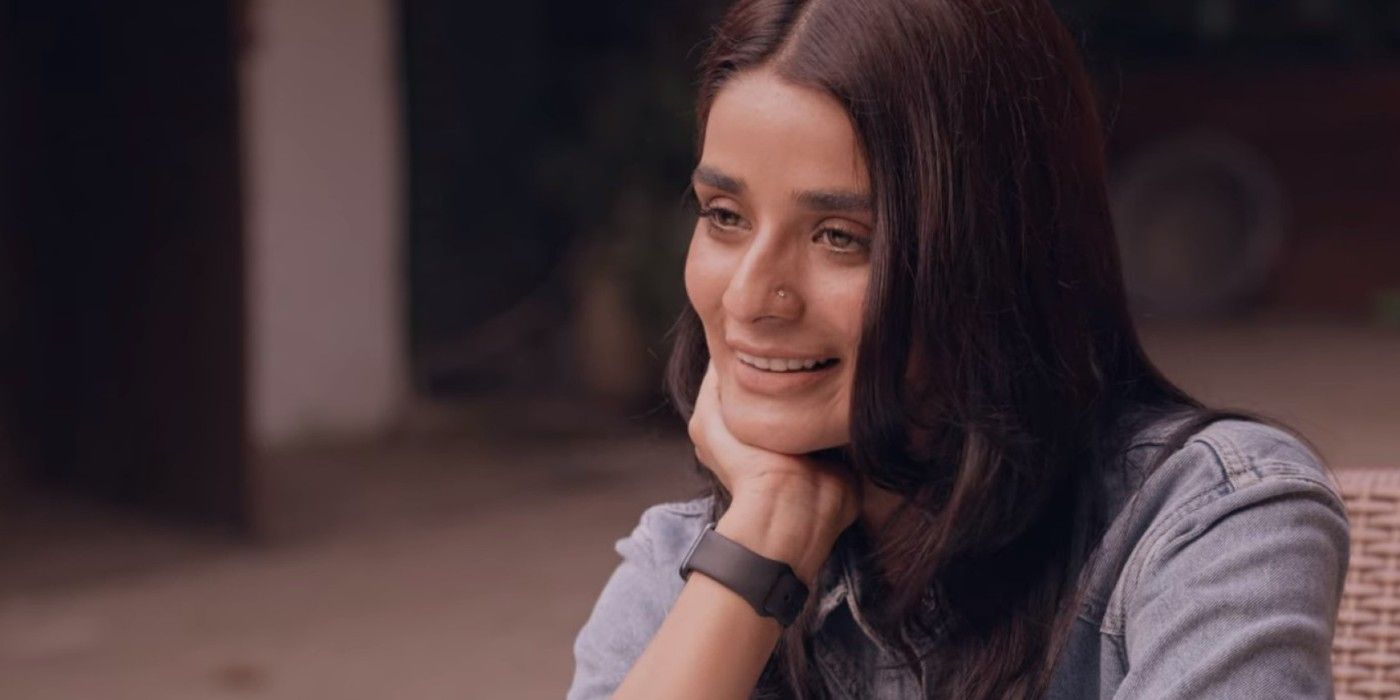Netflix’s new reality show, Indian Matchmaking, garnered a large following with its likable characters and light-hearted central matchmaker, Sima Taparia. Is the practice at the show's center, arranged marriage, as common as the show makes it out to be?
On the show, Taparia travels the world matching clients with her book of potential matches in the hopes two will match up and find love. Clients came from various cities across the United States and India. Taparia used various techniques to find her clients the most successful matches. This included prayers, astrologists and a face reader. First, Taparia would meet the client and their family. Next, she would send her clients on dates with potential matches. Some meetings were very successful while others crashed and burned after a few dates. Some hailed the show for circumventing stereotypes associated with lavish Indian weddings and others criticized it for failing to challenge biases deep-rooted in Indian culture.
To put it simply: arranged marriage is still a very common tradition in India. CBS reported in 2019 that 90 percent of marriages in India are arranged, even as the influence of Western culture increases. The longstanding tradition has remained because of how Indian culture views love. A common belief is love develops from a healthy respect for your partner. Love is not a requirement or an expectation for newlyweds as it is in the United States. As couples mature together over time, they grow to love each other. Even if they don’t grow to love each other, divorce is a rarity in India. Only 1 percent of marriages end in divorce compared to 50 percent in the United States.
Many hopeful brides and grooms trust their families to find them a potential match. It's assumed parents have an understanding of what’s needed to make a long term marriage successful and who would make a good partner for their child. Most parents who arrange marriage also have experience and knowledge passed down through generations. When singles don’t have families willing to set them up, they seek out matchmakers and matchmaking sites. One site, Shaadi.com, claims to have matched almost six million couples successfully. This matchmaking business is where Taparia comes in. Hiring a personal matchmaker will set you back quite a bit, though; commission for Taparia’s services cost over $5,000, a hefty fee to find a spouse.
There’s also a dark side to the enduring popularity of arranged marriages. The practice perpetuates a long-standing history of discrimination in India that has been passed down to those of Indian descent. Many only want to date other individuals within their caste and prefer those with lighter skin tones. Discrimination is highly targeted towards women as, more often than not, young women are expected to abide by the unspoken rules of traditional, dutiful housewives. Darker-skinned or career-driven women are frowned upon. These discriminatory practices are obvious in the show whenever Taparia uses terms like “fair” and “attractive” to describe potential matches but nothing is done to challenge these expectations.
This begs the question, should arranged marriages be phased out? The answer to this question is multifaceted. While this approach to marriage may be considered unorthodox in the United States, it’s proven to work in some cases. It’s healthy and necessary to maintain practical considerations rather than operating on pure emotions when approaching long term relationships. It’s also necessary for the tradition to evolve with changing times. People should be encouraged to date outside of their preconceived notions of what makes a good partner. When young singles only date within the constraints of what their parents see as a good partner, they pass down discriminatory thoughts and ideologies. People shape practices so going forward, people must re-shape some of the foundations of arranged marriage.
Source: CBS


